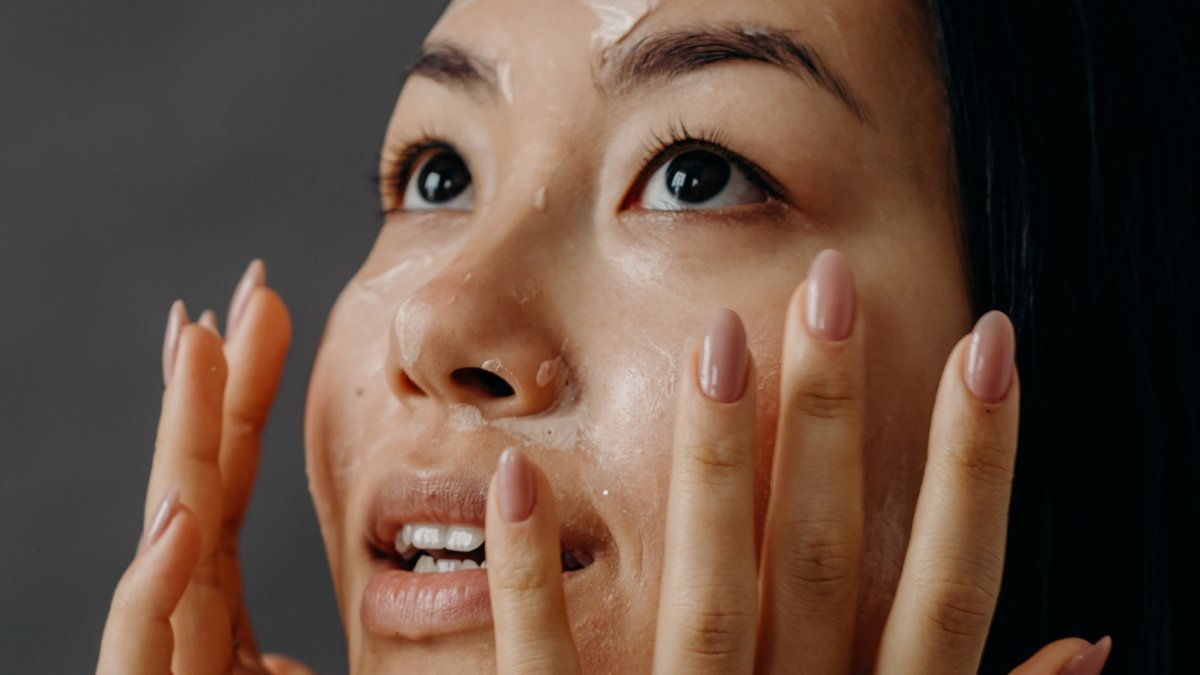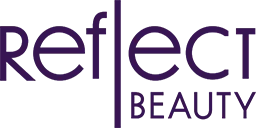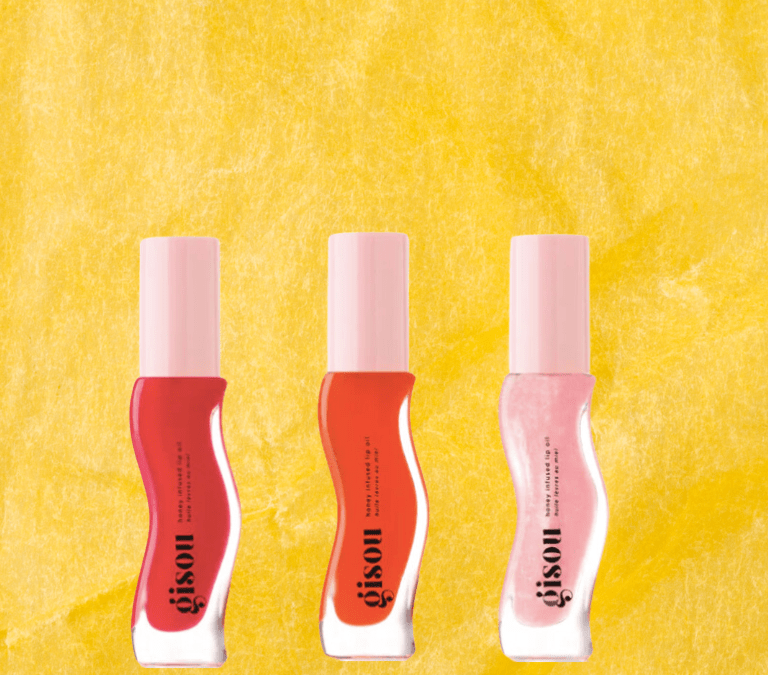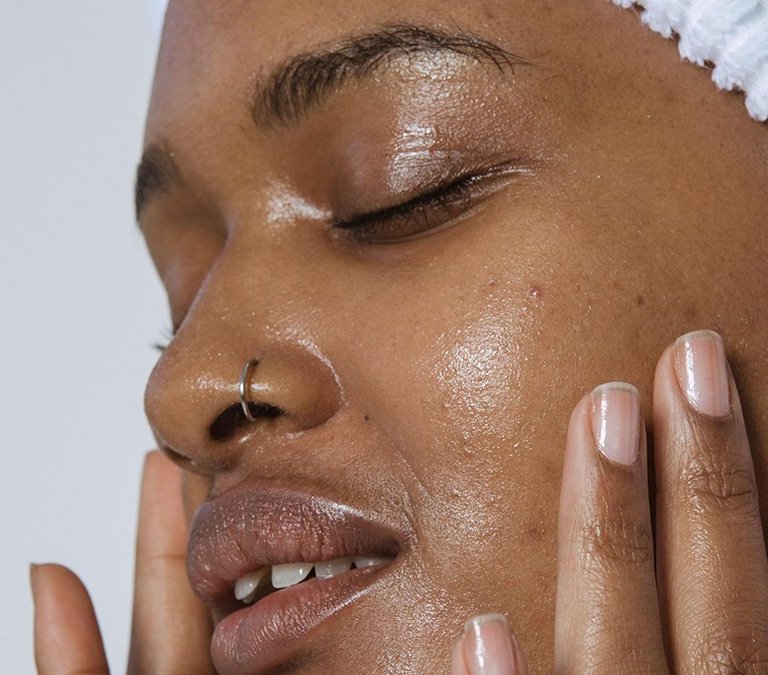
Exfoliation is an essential step in any skincare routine as it helps to remove dead skin cells, unclog pores, and improve the overall texture of the skin. However, choosing the right exfoliator for your skin type can be challenging with so many options of exfoliants on the market. Let’s take a deep dive into how to choose the correct exfoliator according to your skin type.
[SEE ALSO: The Science Behind the Skin Cycling Trend]
But First, Why Exfoliate
The skin constantly sheds old skin cells from the protective outer layer in a process called skin cell turnover or desquamation. This process can be slowed down due to aging, hormones, environmental stressors, diet, and lifestyle, leading to clogged pores, blemishes, and dehydration.
Exfoliation, which can be done through chemical or physical exfoliants, helps to prevent these issues by returning the skin to a healthy turnover rate. Chemical exfoliants, such as exfoliating acids, are a gentler yet more efficient option that can work on the surface or at a deeper level to treat clogged pores, and mild breakouts, improve uneven skin tone, and even reduce wrinkles and fine lines.
Types of Exfoliators
You’ve probably seen terms like AHAs, BHAs, and PHAs while shopping for skincare products. They all refer to exfoliating acids, but if you’re unsure what’s what, keep reading.
Alpha-Hydroxy Acids (AHAs)
A group of water-soluble acids that includes glycolic acid, lactic acid, malic acid, mandelic acid, and citric acid. They work by breaking down the ‘glue’ that holds together cells at the surface of the skin, which increases the skin’s cell renewal rate and helps achieve brighter, healthy skin.
One to try: SkinCeuticals C With AHA, $145
Beta-Hydroxy Acids (BHAs)
These are oil-soluble that can penetrate deeper into the pores rather than act on a superficial level. Into the pore, BHAs work by helping remove excess oil and sebum from the skin. The most common BHA that is also used in skincare is salicylic acid.
One to try: Paula’s Choice 2% BHA Liquid Exfoliant, $34
Poly-Hydroxy Acids (PHAs)
PHAs (gluconolactone, zinc gluconate, and lactobionic acid) are chemicals with a larger molecule size when compared to AHAs and BHAs. Because of this, they can provide similar results but act gentler on the skin.
One to try: Ole Henriksen Phat Glow Facial™ Mask, $52
How to Choose an Exfoliator According to Your Skin Type
If You Have Dry Skin
Look for a gentle exfoliant that won’t strip away too much of your skin’s natural oils. Chemical exfoliants like AHAs, such as glycolic acid, lactic acid, malic acid, or mandelic acid, are a great option for your skin. Start with low concentrations and use your exfoliator one to two times per week.
If You Have Oily or Combination Skin
Your skin type can handle more frequent exfoliation and can benefit from both AHA and BHA exfoliants. But if you have to choose just one, go with a BHA, like salicylic acid. This is a great ingredient since it has anti-inflammatory and antibacterial properties. Also, it is ideal for oily, blemish-prone skin, and can also help treat inflamed pimples and unclog pores.
[READ MORE: How to Get Rid of Bacne]
If You Have Sensitive Skin
Look for gentle products with low concentrations that won’t irritate your skin. PHA’s will be the best options for you because they are composed of large molecules that won’t penetrate as deep as other exfoliants which could irritate your skin.
Overall, exfoliation can be a great addition to your skincare routine, but be careful. If you use exfoliators too often or mix different types, they can do more harm than good.
What’s your favorite exfoliator? Let us know in the comments!



